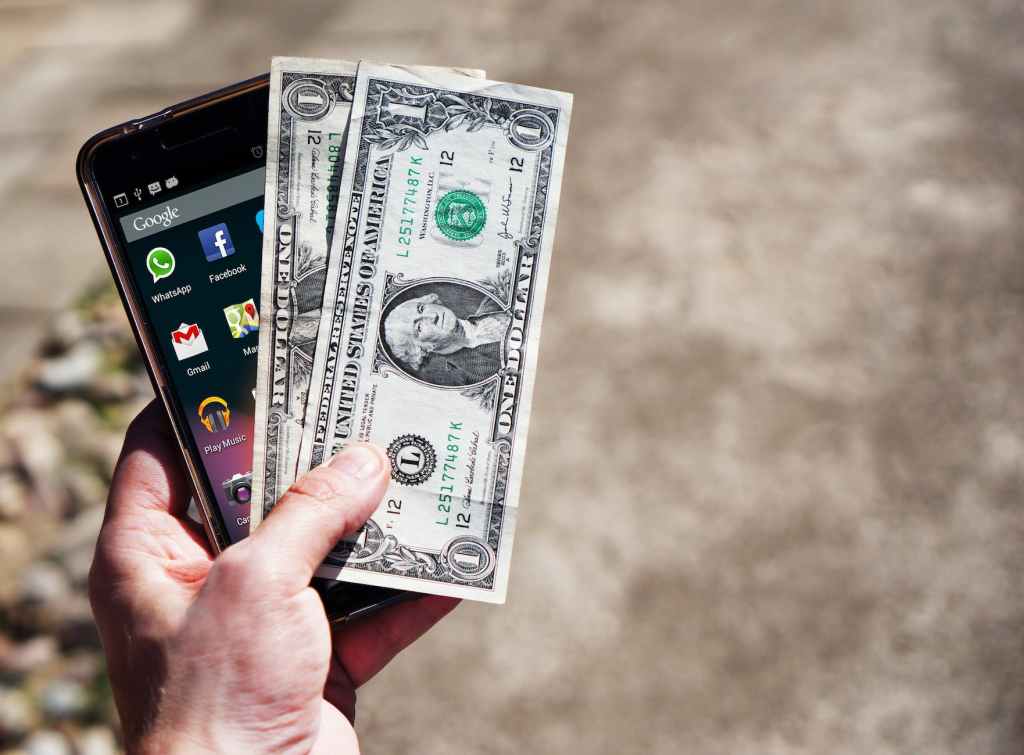When you transfer money, there are actually four different entities involved: you, the sender; the receiving bank; the destination bank; and finally the person who receives your money.
The steps of a typical cross-border money transfer goes something like this. When you initiate a transaction to send funds to another country, your message is sent to your receiving bank, which then checks its account with the sender’s account at their domestic financial institution (e.g., Bank of America) or international correspondent bank (e.g., Wells Fargo). If there are sufficient funds to cover the transfer, the receiving bank will initiate a wire transfer message to move the money.
(The same process works for non-bank financial institutions, such as PayPal or MoneyGram).
At this point in the process, both banks involved in the original transaction will hold cleared funds. Now, it’s up to your financial institution’s correspondents in the destination country to make sure that you have sufficient funds available for your recipient.
If you do, the receiving bank will credit your recipient’s account with the appropriate amount. If there isn’t enough money available, either your bank will return the funds to you or it will have the option of using one of three special arrangements to make sure that your recipient gets paid no matter what:
- If your financial institution has a pre-funded account relationship with another domestic financial institution in that country, they may use that account to transfer money (without any additional fees) while they continue to search for alternative sources of funding.
- If you are a U.S. consumer who has direct access to funds overseas and do not use a foreign bank or have insufficient funds in your account as is described above, your financial institution can transfer money directly to the receiving bank on your behalf (without any additional fees) if you are willing to pay fees for the transfer.
- If money from another source (e.g. a non-bank financial institution such as PayPal) has already been transferred to your domestic financial institution, this is referred to as “rapping up.” This “rap-up” process allows a correspondent bank to use funds that have been sent or guaranteed by another intermediary bank in order to fund a payment that the initial sending bank is unable or unwilling to fund on its own.

Leave a comment